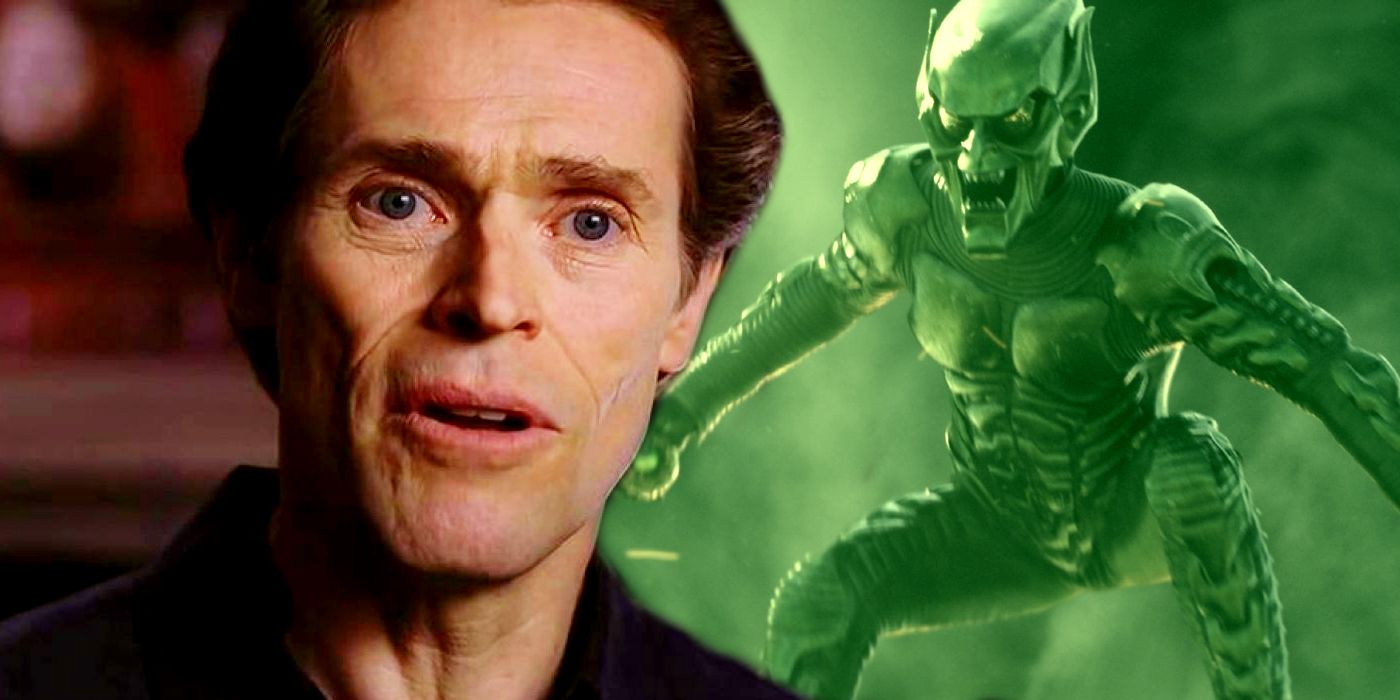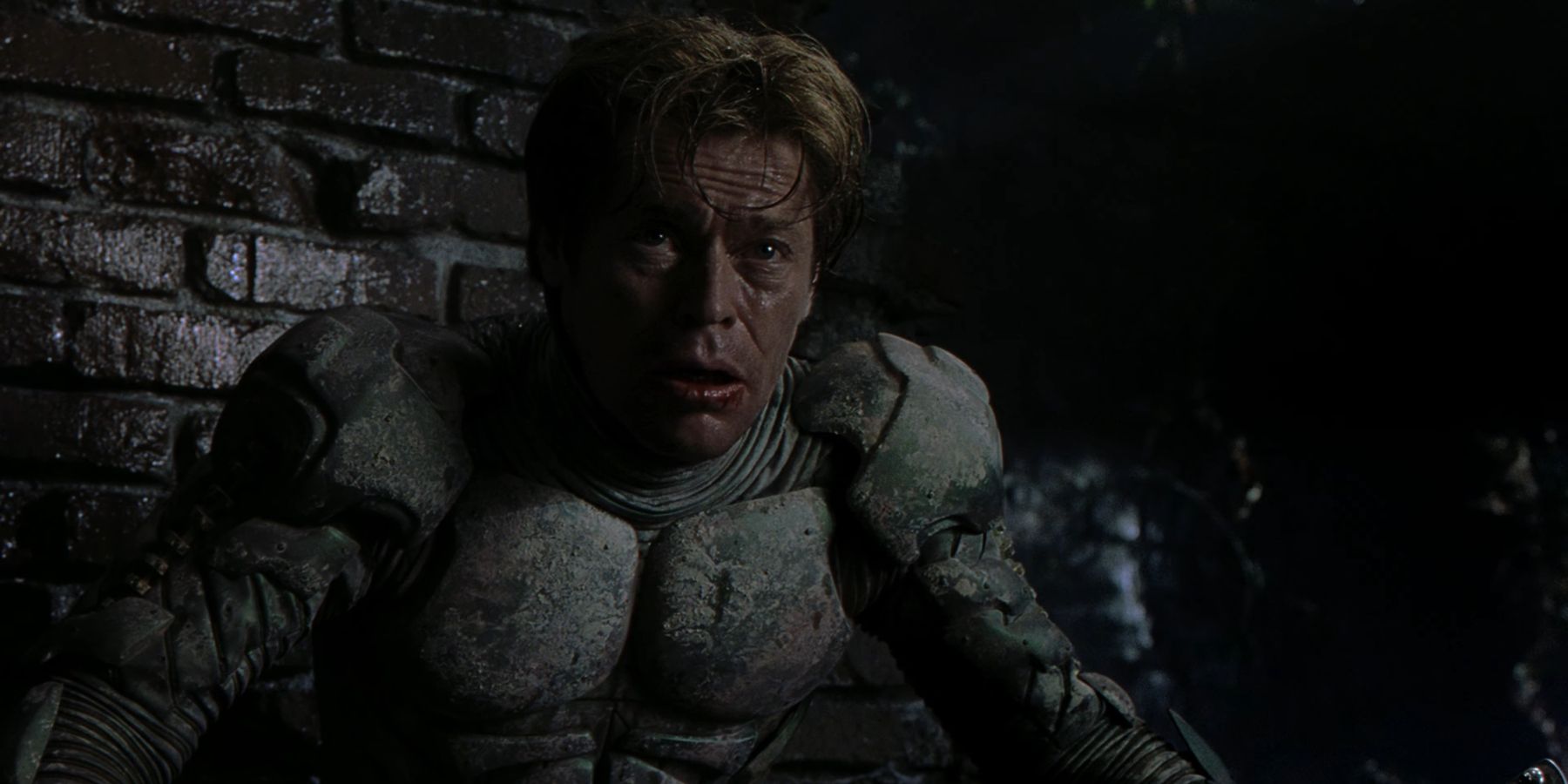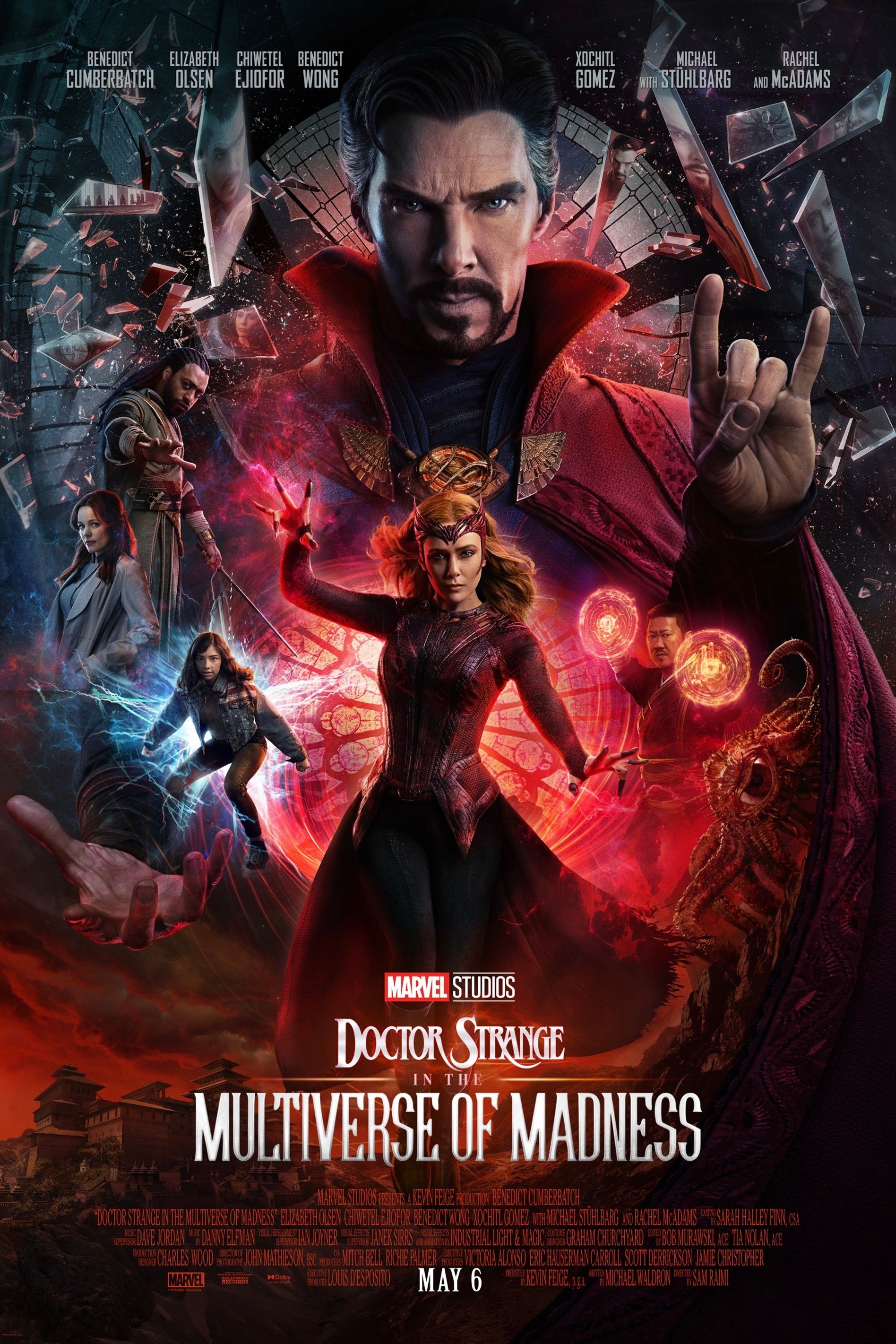Warning: This article contains SPOILERS for Spider-Man: No Way Home.
Spider-Man: No Way Home's Green Goblin is a villain, but Norman Osborn is not. The film sees the return of Willem Dafoe's iconic villain after his debut in Spider-Man (2002). And while Osborn and the Goblin are the same characters, No Way Home proves that the two personas couldn't be further apart.
Norman Osborn becomes the Green Goblin after using himself as a human test subject for Oscorp's performance enhancement drug. As the Goblin, he goes about taking revenge on those who wronged him before deciding to try and turn Spider-Man into a villain like him. This ends when the Goblin is impaled on his glider when trying to take out the wall-crawler. In Spider-Man: No Way Home, Green Goblin tries to corrupt Tom Holland's Spider-Man, even managing to kill Aunt May (played by Marisa Tomei) in the process. Despite Spider-Man nearly coming close to killing him too, he manages to relent and instead cure Norman, permanently erasing the Goblin persona for good.
Though the Green Goblin remains a dangerous villain in Spider-Man: No Way Home, the film also proves that Norman Osborn is not a villain. In fact, it manages to make him the most tragic character in the entire Spider-Man film franchise. Both Spider-Man and Spider-Man: No Way Home make it clear that Norman Osborn developed a split personality from the performance enhancers that divide the Green Goblin persona from his own. This makes it impossible for him to be aware of his actions when the Green Goblin takes over, and he's completely horrified when he does. At the end of No Way Home, after being cured by Spider-Man, Norman asks what he has done while being completely terrified about what he may hear. His final moments after this scene are sitting quietly while looking out at the sea, likely because he's unable to look anyone in the face after the damage he caused as the Goblin. Deep down, while heavily flawed, Norman is a decent man overall.
Despite being an imperfect father to Harry and letting his arrogant ambitions spiral out of control, Norman's interactions with Tom Holland's Spider-Man, Aunt May, and Doc Ock in Spider-Man: No Way Home show that he still has a good heart. He's genuinely kind to May and Peter, even telling the latter that he'll offer him a job if crossing universes are allowed. Likewise, his exchanges with Ock suggest the two could be great friends if the Goblin persona wasn't involved. All this suggests that, for all his flaws, Norman could be a better man, even a good man, if he had not created the Green Goblin and let him take control.
Overall, Spider-Man: No Way Home proves that as evil as the Green Goblin is, Norman Osborn is not. Given the film's massive scope, it's quite impressive that it managed to effectively convey this. And now that he is permanently cured, Norman may finally be able to live a life where he works on his flaws and becomes a better person, which will help to undo the damage caused by his actions as the Green Goblin as well as his death in the Raimi trilogy.







